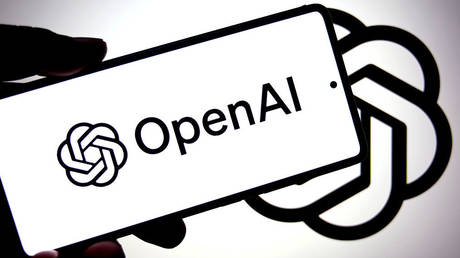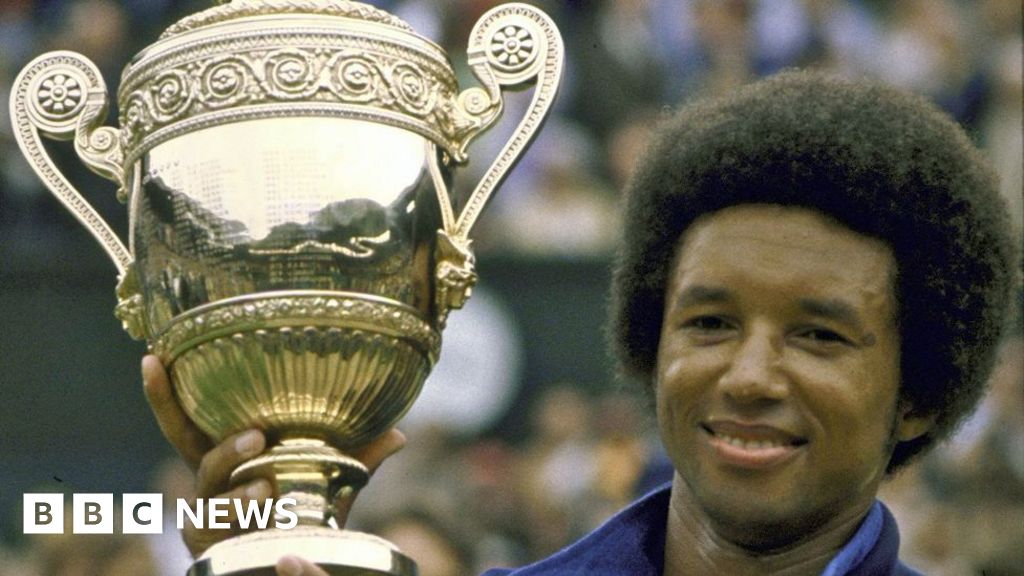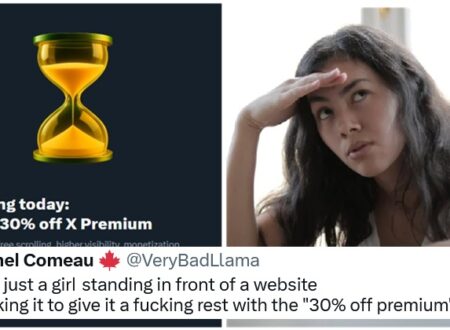Why you’re overlooking your secret career strengths (and how to start recognizing them)

Katherine, a talented up-and-coming leader at a high-growth technology company, was eager to be promoted, but specific development areas were getting in her way. Sarah conducted a 360º review that yielded largely expected results. Unanticipated and surprising, however, were the comments about Katherine’s technical prowess and that people viewed her as “visionary” and “strategic.”
For many, “blind spots” represent a failure to recognize the weaknesses or biases that get in the way of performance. In an effort to improve, they may hyper-focus on those areas for development. In Katherine’s case, she had a blind spot for her strengths.
The skills not in the job description
Like many leaders, Katherine was aware of the skills that were closely tied to her job description, but didn’t have the full picture of the value she was bringing to the organization. Her sole focus had been on developing the areas that were impeding a potential promotion.
In our work with leaders—brand development (Rebecca) and executive coaching (Sarah)—we’ve noticed parallels between business owners and organizational leaders. Regardless of their field, both groups can fail to recognize the very traits that others deeply appreciate.
When a talent comes naturally, without deliberate effort, we often don’t recognize it as a strength. Skills like critical thinking, problem solving, or strategic insight can feel so effortless that we don’t notice them in ourselves. Or sometimes, we assume others are equally adept at the same skills, and dismiss their value.
Self-perception is only one piece of the puzzle though. It’s equally important to understand how colleagues or clients see you, and what they value most. Uncovering the true essence of your unique contribution can be an illuminating process that strengthens your personal brand and boosts your leadership effectiveness.
Whether you lead a team or run a business, the principle holds: you can’t act on strengths you don’t recognize.
Recognizing your secret strengths
When you see your most intrinsic strengths clearly, everything changes. Here’s what becomes possible:
Personal brand differentiation: Tuning into the attributes others consistently recognize gives you clarity on what matters most to the people who influence your career or business, and how those skills differentiate you from others. That insight can help sharpen your positioning and messaging, making it easier to attract aligned opportunities with clients, projects, or promotions.
Greater influence: Owning and leveraging your key strengths can increase your confidence, clarity, and credibility, making you more magnetic and influential.
Faster decision-making: When you’re anchored in what you do best, you don’t second-guess as much. You make decisions faster and with more conviction, because you’re not wasting energy trying to be someone you’re not.
Fuel for innovation: Unearthing strengths like vision, creativity, or strategy, can give you permission and embolden you to step outside your lane, challenge the status quo, speak up with new ideas, and pursue opportunities you may have previously dismissed.
If you’re not sure if you’re seeing your full value, there are several ways to uncover how others experience you.
360 Feedback
A 360 provides feedback from multiple perspectives—usually direct or indirect reports, peers, your manager, and senior leaders. The process is typically confidential and designed to provide a well-rounded view of a leader’s performance. Two common approaches include qualitative interviews with key stakeholders and third-party quantitative assessments. Both can provide a leader with data on how they are perceived in the organization, helping to surface key strengths and pinpoint areas for growth.
Client Interviews or Surveys
Business owners, check in with your clients! You may know they’re happy with your service, but what about it makes them happiest? One to two-question surveys are helpful if you’re merely seeking something like a Net Promoter Score, but to really uncover strengths, you’ll want to go deeper. Here are some of the questions Rebecca asks when she conducts interviews on behalf of her clients, adapted for your use:
- “Why did you choose me over other [service providers]?”
- “Have you worked with other [service providers] before?” / If yes, “How was this experience different?”
- “Is there anything that has surprised you about this experience?”
- “What have been some of the key benefits you’ve gained from our work together?”
- “If a friend of yours were looking for [XYZ service], what would you want them to know about the experience?”
Conversational Inquiries
Asking colleagues to list three to five words they would use to describe you can yield rich insights. And, when coupled with an example of that strength or trait in action, will provide you with robust data to hone in on your points of differentiation. For example:
- “I’m working on identifying my personal strengths and overall brand. When you think of me, what are the first three to five words that come to mind?”
- “When have you seen me demonstrate any of the above? What was I specifically doing or saying?”
This gives you real examples of how your strengths show up and helps you spot the traits others consistently associate with you.
Keep a “Brag Book”
You likely receive emails or Slack messages from colleagues or clients thanking you for work you’ve done. Save the notes! Better yet, copy them to an online file or go analog with a notebook. Over time, you’ll see themes emerge about how you’re perceived and which traits others most value in you. (Added bonus: The brag book offers a confidence boost if you happen to be having a rough day.)
Integrating the uncovered strengths
Once we’ve uncovered these talents, it’s up to us to integrate them into our activities and positioning in a way that’s intentional rather than accidental.
For business owners, that may mean shifting your positioning and value proposition so that it better aligns with what your target audience values most.
Consider Rebecca’s brand client, Mark, a data analytics consultant serving small business owners. He had built his brand around his ability to analyze disparate stores of data to inform marketing strategy. But when Rebecca interviewed his clients, a different pattern emerged: they also praised Mark’s ability to see the big picture, his deep network, and his effortless ability to connect them with the right experts for their goals. These qualities hadn’t even been on Mark’s radar as part of his value proposition, but for small business owners with lean teams, these traits turned out to be a tremendous source of value.
Mark now has the opportunity to use this new knowledge as a point of differentiation in his brand: data-minded and a connector.
For leaders in organizations, the integration of this new information may involve speaking up more, raising your hand for cross-functional initiatives, or mentoring others in areas where your strengths are emerging.
In the case of Sarah’s client Katherine, recognizing the strengths she had been overlooking shifted her mindset. Clarity on her value to the organization gave her more confidence as a leader and helped bolster the other areas she was working on. She realized that she had been emphasizing the wrong things, possibly to her detriment. With a more balanced view of how people experienced her, she began speaking up in executive meetings and reframed her development plan to include her strategic strengths. That shift in visibility and positioning led to two promotions over two years.
It takes effort to see yourself in a new light. We often assume our value lies in how neatly our strengths align with our job description. But clients and colleagues may value something else entirely. If you’re not asking, you’re probably missing it.
Taking the time to uncover those overlooked strengths can sharpen your personal brand, differentiate you in a crowded field, and accelerate your career by helping you lean into the talents that matter most.
What's Your Reaction?
 Like
0
Like
0
 Dislike
0
Dislike
0
 Love
0
Love
0
 Funny
0
Funny
0
 Angry
0
Angry
0
 Sad
0
Sad
0
 Wow
0
Wow
0































































































